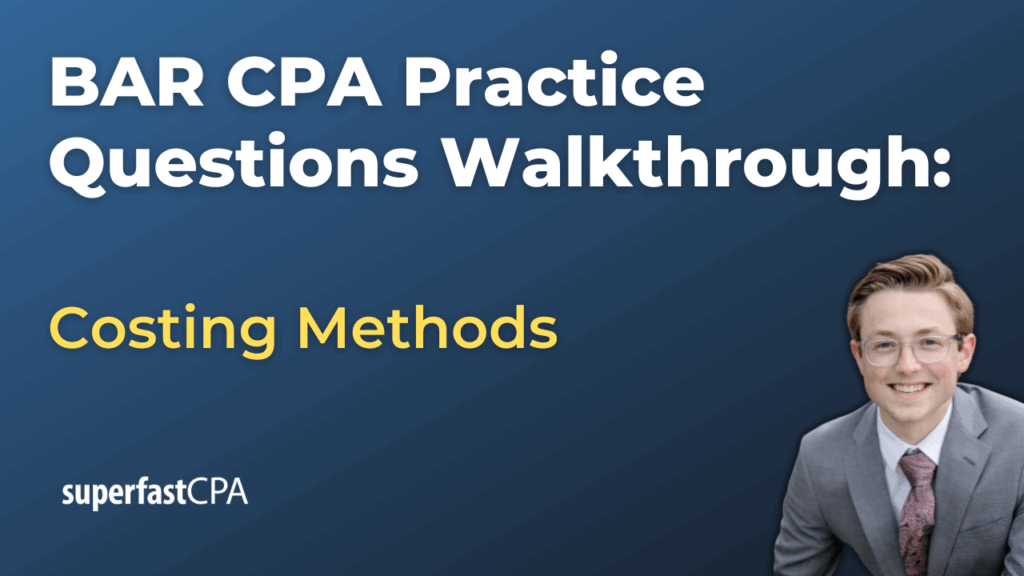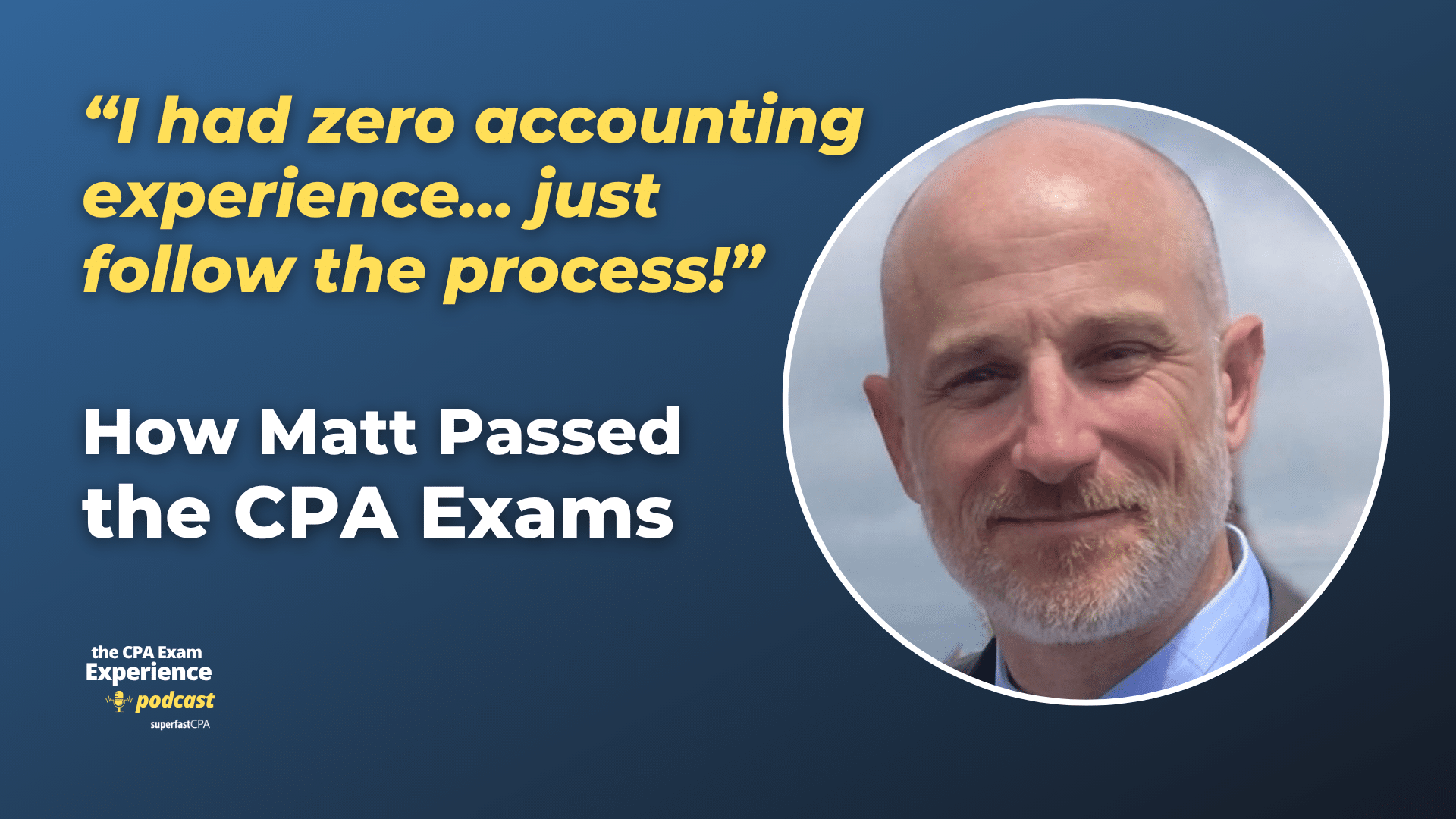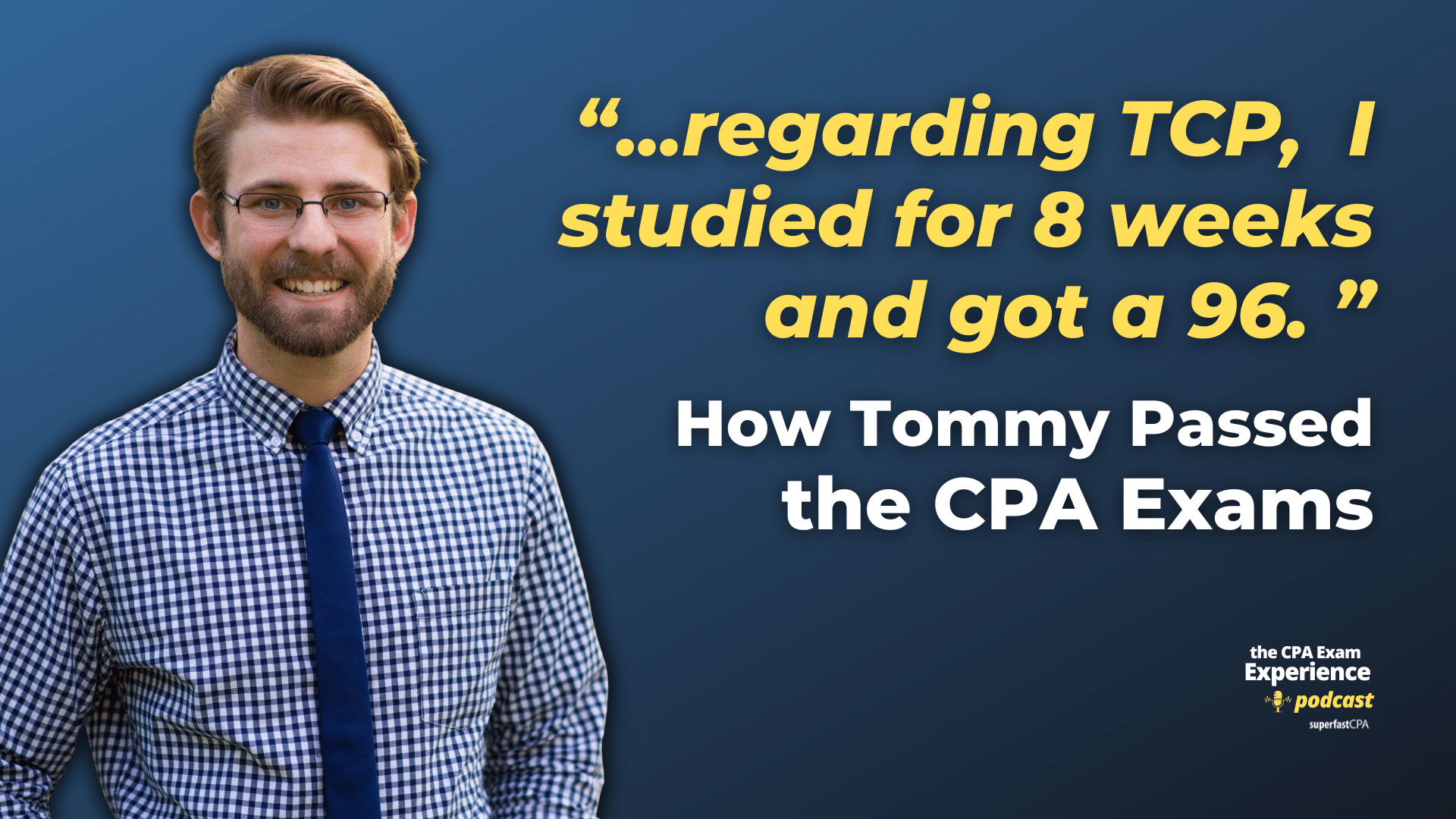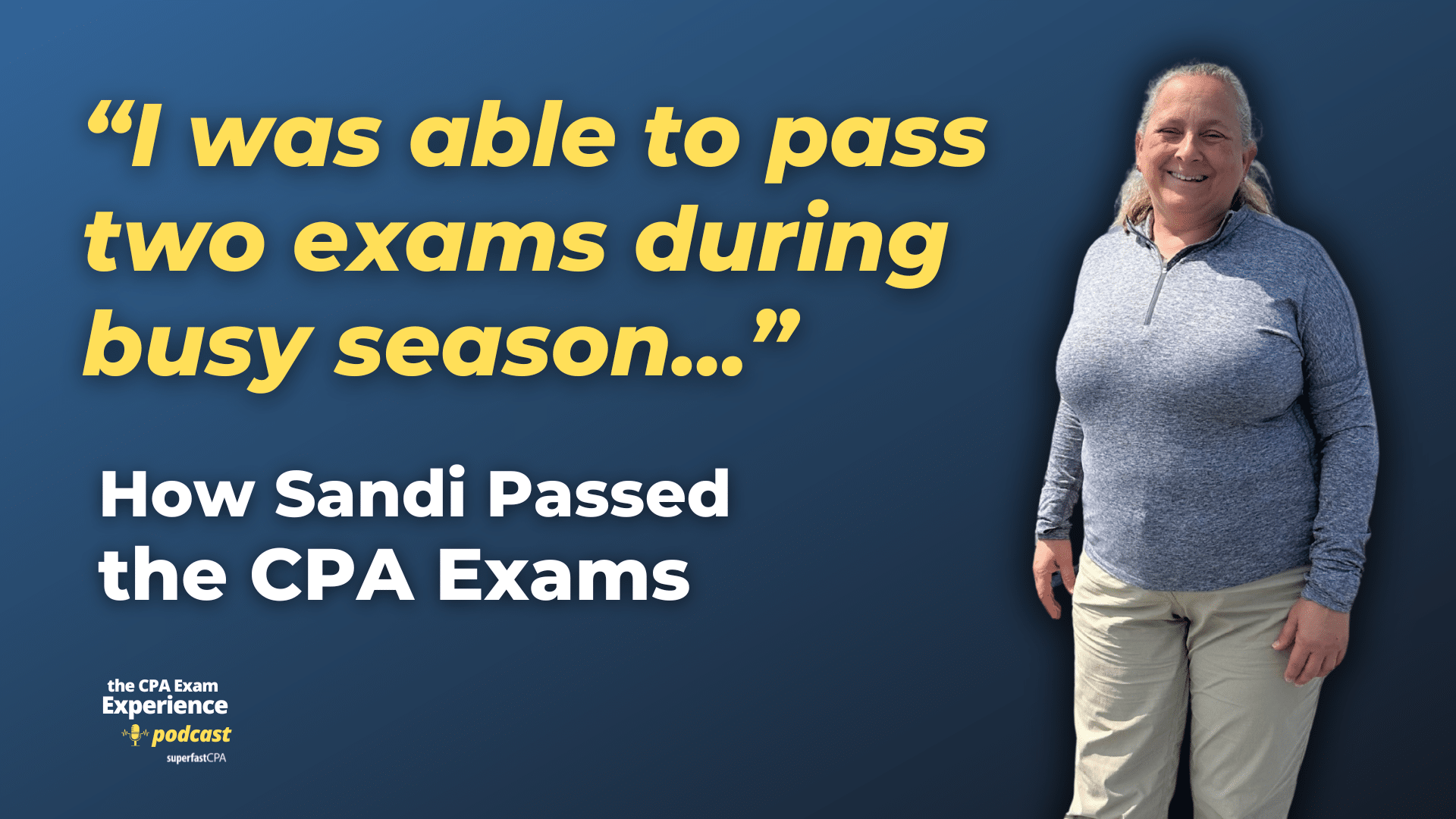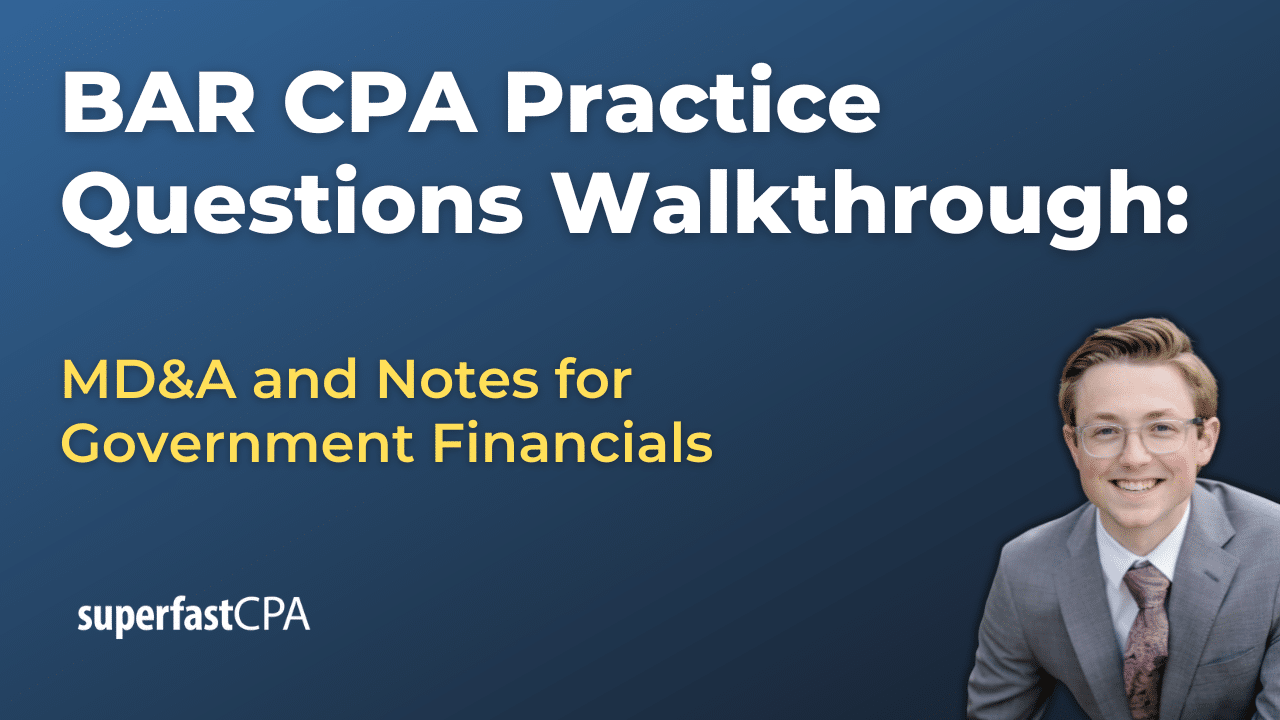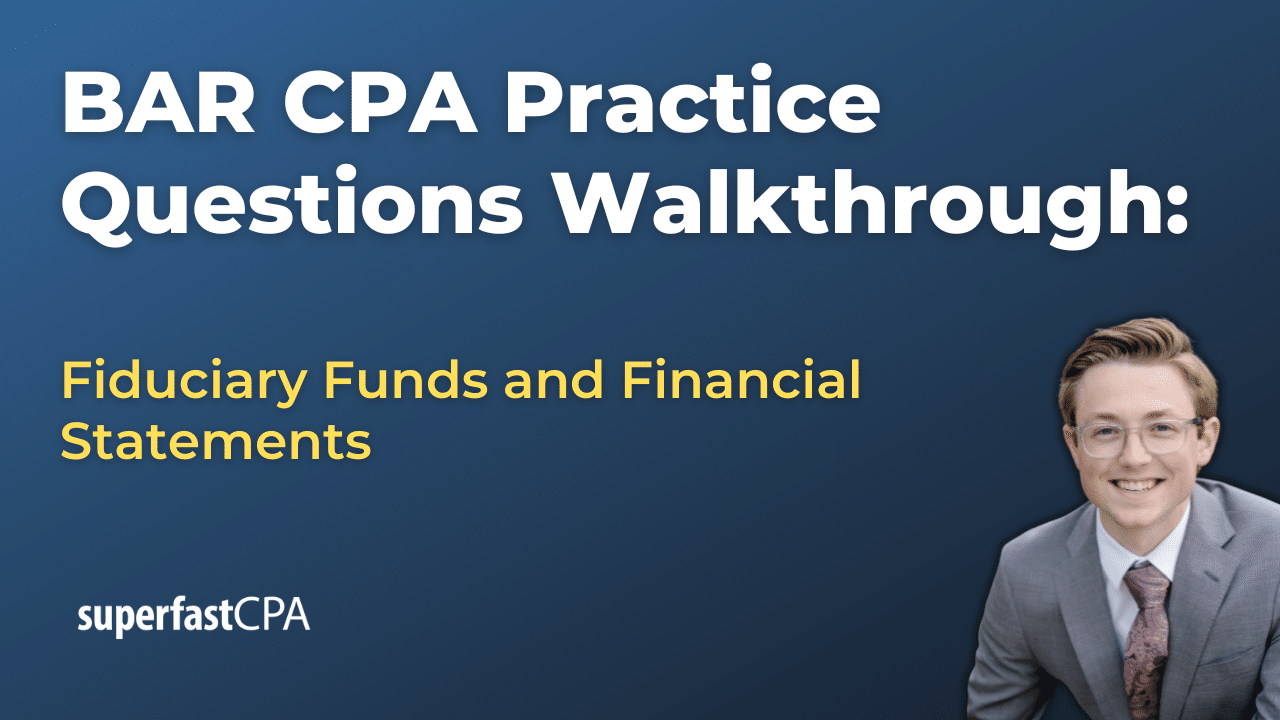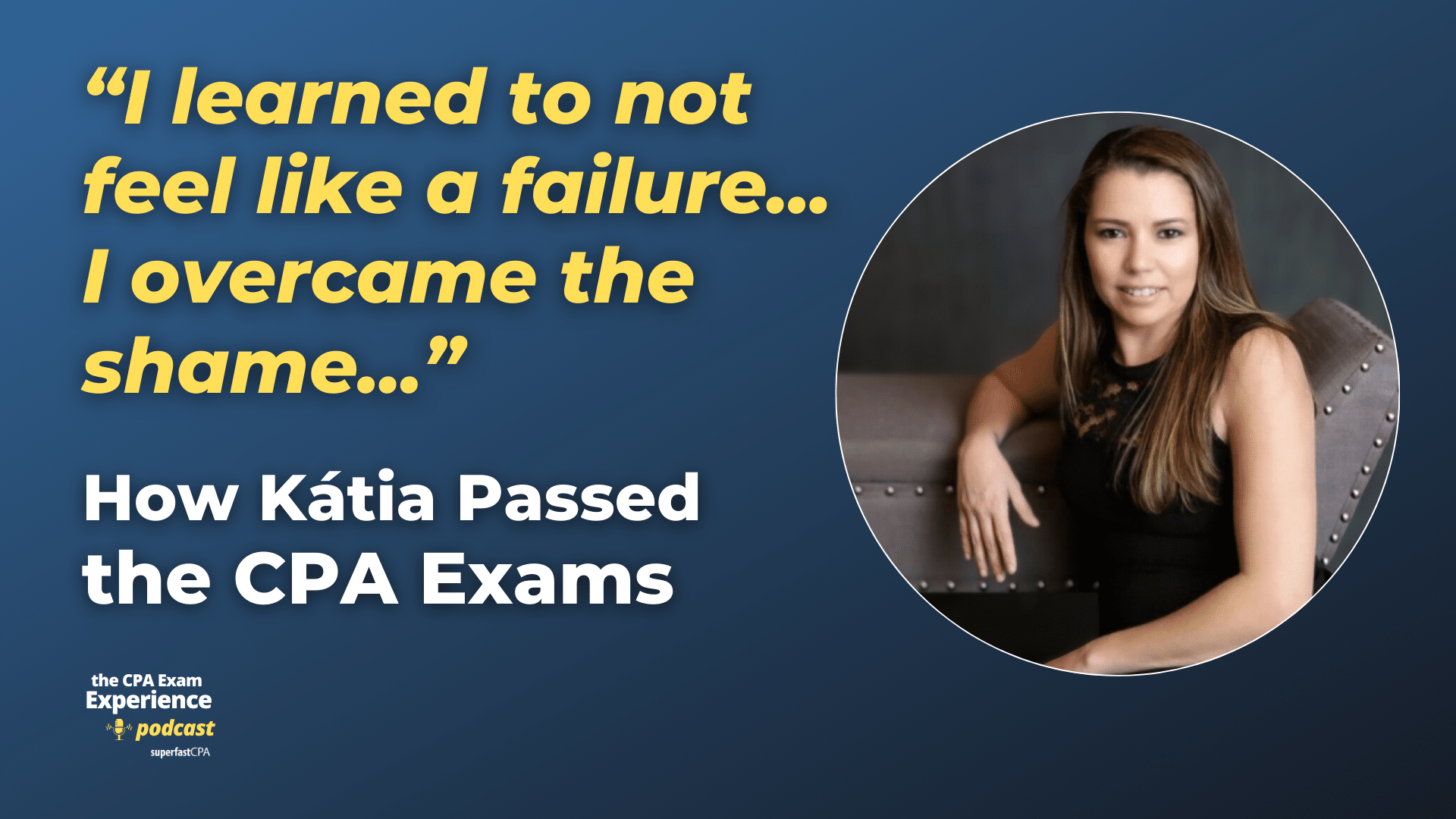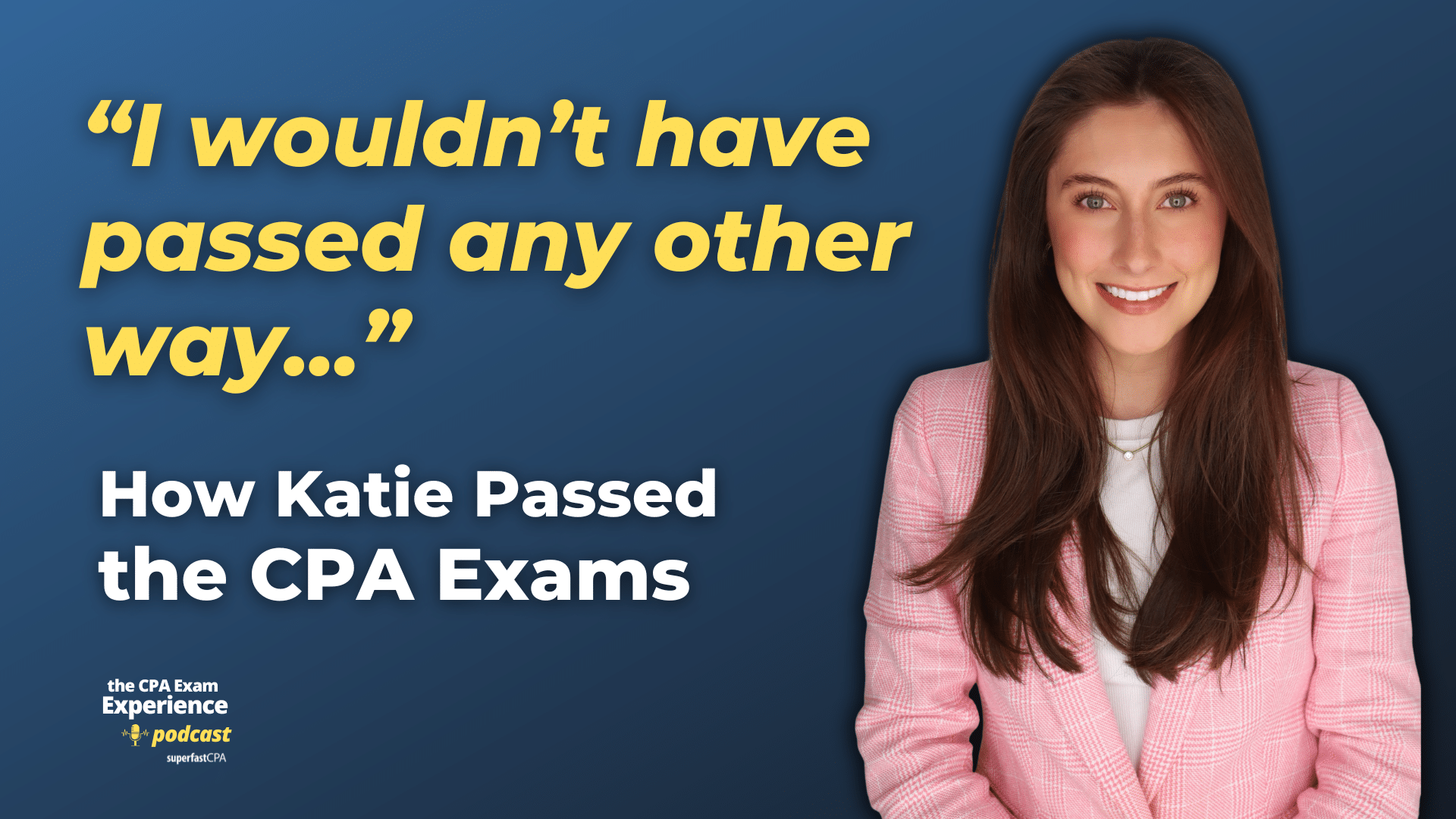In this video, we walk through 6 BAR practice questions teaching about costing methods. These questions are from BAR content area 1 on the AICPA CPA exam blueprints: Business Analysis
The best way to use this video is to pause each time we get to a new question in the video, and then make your own attempt at the question before watching us go through it.
Also be sure to watch one of our free webinars on the 6 “key ingredients” to an extremely effective & efficient CPA study process here…
Costing Methods
Costing methods form the foundation of cost accounting and are crucial for internal decision-making, financial reporting, and performance measurement. This overview focuses on the most commonly tested methods: absorption costing, variable costing, activity-based costing, process costing, job order costing, and joint product costing.
Each method serves a distinct purpose and fits a specific type of production environment. Below, we break down each method with definitions and examples to help clarify how they work and where they apply.
Absorption Costing: All Manufacturing Costs Are Included
Absorption costing assigns all manufacturing costs—both fixed and variable—to products. This includes direct materials, direct labor, variable overhead, and fixed manufacturing overhead.
Absorption costing is required under U.S. GAAP for external financial statements because it reflects the full cost of production.
Example:
A company produces 1,000 units of a product. Each unit requires $10 in materials, $5 in labor, and $3 in variable overhead. The company also incurs $10,000 in fixed overhead.
Total product cost per unit under absorption costing = $10 + $5 + $3 + ($10,000 ÷ 1,000) = $28.
When inventory is produced but not sold, a portion of fixed overhead stays on the balance sheet as inventory rather than being expensed.
Variable Costing: Only Variable Production Costs Go to Inventory
Variable costing includes only the variable manufacturing costs—direct materials, direct labor, and variable overhead—in the cost of goods manufactured. Fixed manufacturing overhead is treated as a period expense.
This method is commonly used internally to support managerial decisions, especially when calculating contribution margin.
Example:
Using the same numbers as above, under variable costing, the unit cost is $10 (materials) + $5 (labor) + $3 (variable overhead) = $18. The fixed overhead of $10,000 is expensed in full during the period.
Key distinction: Income under variable costing changes based on units sold, not units produced.
Activity-Based Costing (ABC): Accuracy Through Multiple Cost Drivers
ABC costing assigns overhead based on activities that actually cause the cost. It uses multiple cost pools, each with its own cost driver—unlike traditional costing systems, which often use a single driver like labor hours or machine hours.
This method improves accuracy in environments with multiple products or services that use resources differently.
Example:
A company produces two product lines. Product A is simple to assemble; Product B requires complex setup. Under ABC, setup costs might be assigned based on the number of setups rather than spreading them evenly. This avoids overcosting Product A and undercosting Product B.
If switching from absorption to ABC, the main change is how overhead is allocated—using activity rates instead of a broad, single-rate base.
Process Costing: Cost Averaging for Mass Production
Process costing is used when identical or similar units are mass-produced continuously (e.g., in food processing, chemicals, or oil refining). Costs are tracked by department or process and then averaged across all units.
It relies on the concept of equivalent units to spread costs between completed and partially completed goods.
Example:
A factory completes 1,000 units and has 500 more units 50% finished. It treats those 500 partially finished units as 250 equivalent full units (50% × 500). If the total cost for the department was $25,000, the cost per equivalent unit would be $25,000 ÷ 1,250 = $20.
This method is closely associated with concepts like weighted-average or FIFO costing, and it often requires allocating overhead and tracking spoilage.
Job Order Costing: Tracking Individual Jobs or Batches
Job order costing is used when products are made to order or in small batches. Each job is tracked separately for materials, labor, and applied overhead. Overhead is applied using a predetermined rate—often based on labor or machine hours.
This method fits environments like construction, consulting, printing, or custom manufacturing.
Example:
Job #304 requires $2,000 in materials, 40 labor hours at $25/hour, and the company applies overhead at $30 per labor hour.
Direct labor = 40 × $25 = $1,000
Applied overhead = 40 × $30 = $1,200
Total job cost = $2,000 + $1,000 + $1,200 = $4,200
Some systems also split overhead into variable and fixed components, especially in more advanced cost modeling.
Joint Product Costing: Allocating Pre-Split-Off Costs
Joint product costing allocates costs incurred up to a split-off point—where two or more products are separated—to each product. Common in oil refining, agriculture, and chemicals, these costs must be allocated using methods like:
- Sales value at split-off
- Net realizable value (NRV)
- Physical output
Example (NRV Method):
A dairy farm processes milk into cream and skim milk. After split-off, the cream sells for more but requires extra processing. The joint cost is allocated based on each product’s final sales value minus further processing costs.
If Cream’s NRV is $36,000 and Skim Milk’s NRV is $54,000, and joint costs were $75,000, then Cream gets 40% of the cost = $30,000.
Joint costing is not a standalone method for all costs—it specifically applies to shared costs incurred before the products become distinct.
Conclusion
Each costing method is built for a specific environment:
- Use absorption costing for external reporting compliance.
- Use variable costing for managerial decision-making.
- Use ABC when traditional overhead rates distort product costs.
- Use process costing for uniform, high-volume production.
- Use job order costing when every project or batch differs.
- Use joint costing when multiple outputs come from a single process.

